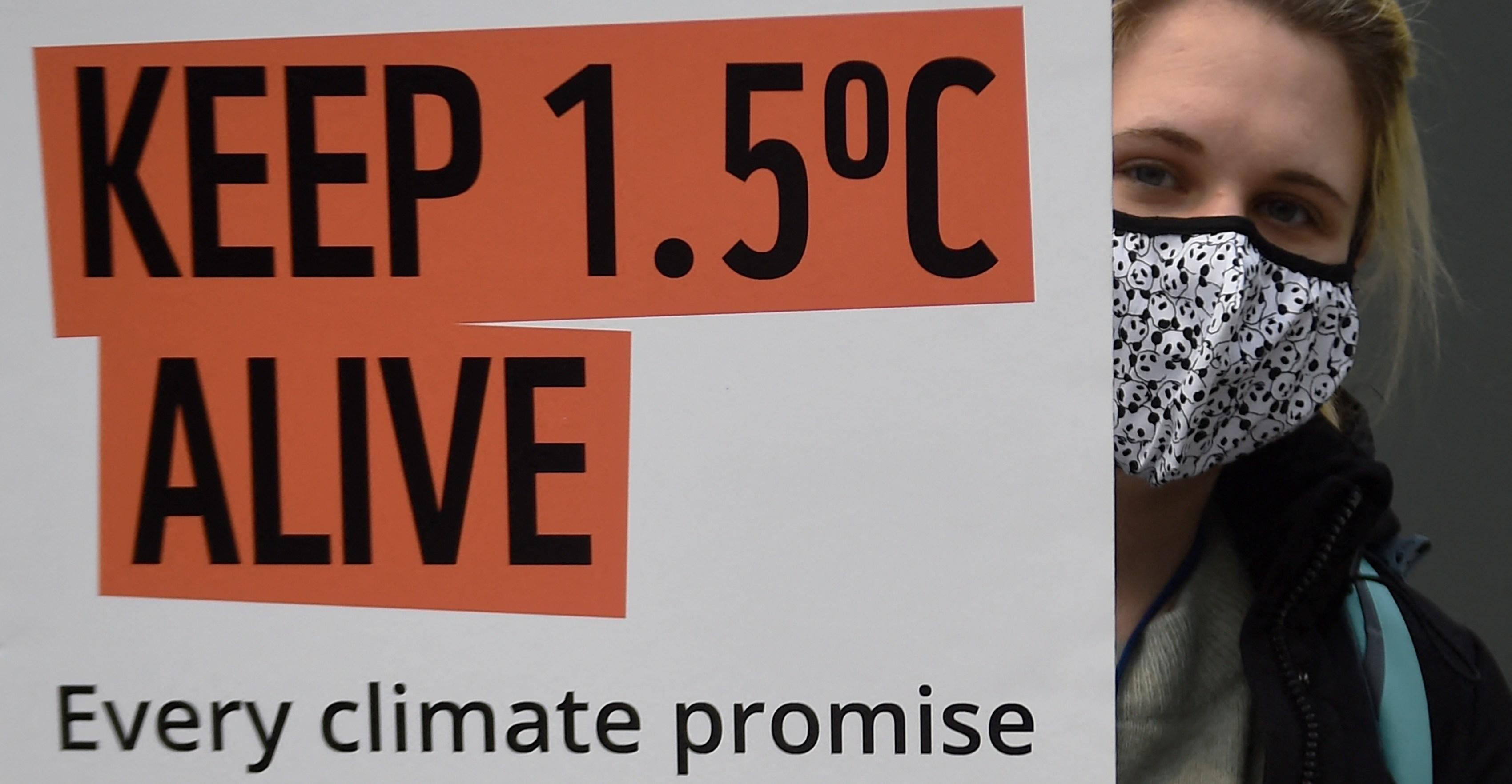Want to stop having bad sex? First, figure out what feels good to you through masturbation.


Many of us grew up reading glossy instruction manuals full of increasingly eccentric tips for pleasing a partner. A few memorable ones from my own tween reading years: Eat a doughnut off their genitals. Run an ice cube down their abs. Prior to sex, perform a chair-based dance routine. Moisten your mouth by imagining that it is full of Skittles. There were fewer instructions, of course, on how to help your partner please you.
If you have the kind of social media feed prone to churning up sex-positive Instagram infographics — or if you’ve ever masturbated — you are likely aware of the benefits of self-pleasure. Masturbation, wrote radical sex educator Betty Dodson in her 1987 classic Sex for One, is “the ongoing love affair that each of us has with ourselves throughout our lifetime.” Dodson, who later schooled Gwyneth Paltrow on vaginas for her Goop Netflix show, saw in masturbation nothing short of a path to world peace.
Sex educators rightly extol the endless upsides of masturbation: physical pleasure, relaxation, absolute safety from sexually transmitted infection, the powerful feeling of meeting your own needs. But telling people to masturbate for wellness reasons can begin to feel a bit like telling someone with depression to take a walk and drink a glass of water: It’s probably a good idea, but it’s annoying to hear.
For some people, this pervasive messaging has the opposite of its intended effect. “I have, over the years, also heard from many young women, especially, who feel pressured to masturbate—and some young men,” sex researcher Debby Herbenick tells Vox. Instead of masturbation as an act of personal discovery, it can feel like another tedious opportunity for self-optimization.
What the pro-self-service discourse sometimes neglects is this: Addressing your erotic needs through masturbation is a key strategy to bringing those same impulses to partnered sex, and for people with vaginas, it’s worth getting some reps in. And, of course, most of the research included in this space is on cis, straight people, so I recognize that these experiences won’t be universal — but everyone can benefit from a reminder that our bodies are worthy of pleasure.
Taking time to figure out what feels good
If you’re having meh sex with casual partners, pleasure-phobic pundits and well-intentioned friends might urge you to seek deeper emotional connection and monogamous commitment. Which, sure! If that’s what you’re into. There’s another option, though: Getting better at getting yourself off, so that you can give clearer instructions in the future.
“A lot of us are having unsatisfying sex. And they want that to change, but they want it to just change overnight,” says Dominique Oster, a sex and relationships therapist. “They want their partner to just suddenly get it. They want them to just suddenly know, but they don’t want to do the work that it takes to get there.”
When clients come to her sharing that they are unable to orgasm, or that they want sex but are simply unable to enjoy it in the moment, she, like many sex therapists, encourages them to practice masturbation.
“We owe it to ourselves to give ourselves and our nervous system a chance to re-regulate and create some new neural pathways,” Oster says. “This is not like a ‘Cosmo Five Tips to Better Orgasm.’ This is: How do I have better mental health around my body and my sexuality?”
Betty Dodson, in her ’80s masturbation manifesto, called it “the best way to gain sexual self-knowledge and to let go of old sexual fears and inhibitions.” She added, “For women especially, it’s a way to build confidence so we can communicate clearly with our lovers.”
A 2019 study of over 2,000 women found a stark contrast in the ways women were bringing themselves to orgasm through masturbation and the ways they attempted to orgasm with a partner. On their own, women “tend to use less conventional techniques for arousal during masturbation compared with partnered sex,” the researchers found. Those who were able to align their solo style with the way they had sex with a partner — conjuring fantasies, using vibrators, positioning their bodies in their preferred ways — had more orgasms, and better ones.
Of course, orgasm is not the only marker of a positive sexual experience, but it is a significant one. A study of young adults in 2019 found that people who orgasmed in casual sexual encounters were more likely to have positive emotions about those encounters. Critics of casual sex argue that it can lead participants, particularly women, to feel empty and worthless afterward. The reason could be a sense of loneliness or shame, but it could also be that sex didn’t feel that good physically. If that’s the case, the answer might not be to give up on sex, but to try to figure out what would actually feel good.
That’s what Maria Yagoda did. Yagoda is a sex writer who spent years recounting her sexual exploits online, writing articles with headlines like “What It’s Like to Ride a $2,000 Vibrating ‘Sex Machine.’” At 28, she finally admitted that she wasn’t enjoying sex — she was simply “enduring” it. She faked orgasms, approximating moans while thinking about the IRS. Even though she was technically a sex expert, she found it hard to acknowledge that, as she writes in her new book Laid and Confused: Why We Tolerate Bad Sex and How to Stop, that “sex is meant to be pleasurable, not a method-acted performance of pleasure so gripping even the actor believes it.”
A pathway to better sex — including casual sex
It’s easy to read an account like Yagoda’s and conclude that casual sex is simply unfulfilling, and ought to be abandoned. Anti-hookup culture screeds, which often marry puritanism to the language of progressivism, argue that the answer is to contain sex within the framework of committed monogamy. Amid the often troubling critiques of hooking up is genuine concern for women’s sexual satisfaction and sense of erotic self-worth. In 2006, then-Washington Post reporter Laura Sessions Stepp fretted about the implications of hookup culture for girls’ futures as “mothers, workers, and members of a community.” She also worried, rightly, about whether the girls’ and women’s partners were treating them with care.
In a 2022 TikTok viewed nearly a million times, “very much pro-ho” creator Cindy Noir echoed these concerns, urging women to ask of their casual sex partners, “Does he value you and consider you and your pleasure? Is he trustworthy and safe for you and your body?” Hookup culture can sometimes be a “scam” for women, said Cindy. This is statistically true, at least as far as orgasms go — in heterosexual partnerships, men are vastly more likely than women to orgasm during casual sex.
Lack of pleasure is an excellent reason to avoid any kind of sex, casual or committed. But as Yagoda argues, “Pleasure is a practice.” Instead of renouncing casual sex, she set about discovering how to make sex more pleasurable for herself. She took up a period of celibacy to figure out, on her own, what she wanted. She practiced meditation and tried out various sex toys and lubes, enacting what Dodson called “the ongoing love affair” with herself. “I had never touched myself like this before, like a person I loved,” Yagoda wrote of her new approach to masturbation.
“The age-old difference between how men and women approach sex and sexuality is that men tend to be self-focused in their sexual experience or their exploration, and women tend to be more focused on the other person,” says Oster. “And that really gets in the way of us being able to experience what’s actually physically happening in our bodies.”
Getting your reps in
With self-pleasure, intentionality is key. “I don’t shy away from turning it into a chore,” says Oster of encouraging her clients to masturbate. “I really do like to remove some of the mysticism and some of the romance from this as a practice.” Lighting a scented candle is nice, she says. A clearer way to get in touch with the sensations might be to ask yourself, “What does this physically feel like? What thoughts are coming into my head? Can I return my body to the physical sensation when they do? Can I move through that and breathe through that and stay in my body?”
In 2022, researchers led by Herbenick published the first nationally representative survey on American masturbation habits in 10 years. Asked to share their primary motivation for masturbating, a significant number of women participants said they wanted to explore their sexuality. The study looked into a question that is debated by sex researchers: Does masturbating, in general, make people want to have more sex? Or less?
There is some evidence for both theories, Herbenick told me in an interview, but the 2022 study found more evidence for the “complementary model” among women, meaning that women who had more partnered sex also had more solo sex. “You might be somebody who really enjoys your own fantasy and desire and arousal and orgasm through masturbation,” says Herbenick. “Doing so may help you to kind of feel enlivened and desirous, and sometimes the focus of that may be a partner.”
Couldn’t it be that women who have more frequent sex with men are actually masturbating more because they are unsatisfied?
“For some portion? For sure,” says Herbenick. But there is data, she says, that “certainly some people actually masturbate right then and there, right? Like they didn’t get an orgasm through their sex with their partner. So they will say, ‘Well, I just sort of rolled over and finished myself off.’” Practicing by yourself is good for that, too.
Practice makes pleasure
Two decades before Dodson’s masturbation manifesto, in 1966, sex researchers Virginia E. Johnson and William H. Masters published a groundbreaking report that included the following bombshell: “If there is no psychosocial distraction to repress sexual tensions, many well-adjusted women enjoy a minimum of three or four orgasmic experiences before they reach apparent satiation,” they wrote. After a decade of observing individuals masturbating and couples having sex, they had seen the truth with their own eyes:
Masturbating women concentrating only on their own sexual demands, without the psychic distractions of a coital partner, may enjoy many sequential orgasmic experiences without allowing their sexual tensions to resolve below plateau-phase levels.
Writing in crisp, clinical terms that nevertheless thrilled the reading public, they added: “Usually physical exhaustion alone terminates such an active masturbatory session.”
Masters and Johnson advised men to pay attention to their partners’ wants and stop guessing, applicable advice to people of all genders. “Rather than following any preconceived plan for stimulating his sexual partner, the male will be infinitely more effective if he encourages vocalization on her part,” they concluded. “The individual woman knows best the areas of her strongest sensual focus and the rapidity and intensity of manipulative technique that provides her with the greatest degree of sexual stimulation.”
Unfortunately, the average layperson has not read Masters and Johnson’s 1966 findings — so with that in mind, one must communicate one’s sexual desires directly. Doing so, instead of hoping that a sex partner somehow figures it out, involves “rejecting the idea of sexual chemistry as a rigid, fixed thing,” writes Yagoda. She cites the work of therapist Pamela Joy, who argues that people who want to get better at talking about their needs during sex should start with a much smaller step: just getting comfortable talking about sex outside of the actual act. You can take tiny sex talk steps by talking more honestly with friends, listening to sex education podcasts, and following sex and kink educators on Instagram.
Yagoda also recommends frontloading the communication — “Do you mind if we go slow tonight?” is a great thing to say to a hookup partner while the night is young and the Netflix original is still playing in the background. And when in doubt, she says, there are a few words to keep in your toolbox: “‘Faster.’ ‘Slower.’ Harder.’ ‘Softer.’ ‘Yes.’ ‘No.’ ‘Ouch.’ ‘Wrong hole.’”
Oster adds that if you have a consistent partner, telling them about your self-pleasure practice will help them keep up with what you like. “If we can encourage our partners to see that we are changing, that we are exploring, that can kind of reduce some of the charge of, ‘Well, she used to like this. Now she just must not like sex anymore.’” It’s not always obvious that people have evolving sexual tastes and desires, but those things can be framed as “dynamic,” Oster says, rather than a dead end.
Masturbation, like other sex-related things, is increasingly celebrated in the mainstream, while stigma is continually reinforced everywhere else. Mentioning masturbation in a sex ed class is still enough to garner a teacher death threats, but you can stand in a Target aisle and compare the Rabbit, the LELO, and the Dame vibrators. Jane Fonda recently gave Drew Barrymore a sex toy on daytime TV, but shame and fear still prevent people from being direct with their partners about pleasure.
“There is no specific technique that can turn bad sex into pleasurable sex,” Yagoda writes. “There is no new angle or position that can rehabilitate your relationship with pleasure. But there are so many little practices, little shifts in perspectives that can open our bodies up to pleasure.”
It’s true that masturbation has not yet brought about world peace, as Dodson once dreamed. Still, we’ll keep practicing until we get there.
PMD to install Advanced Automatic Weather Stations
- 13 hours ago
More than 42mn children administered polio vaccination during final polio drive in Pakistan
- 12 hours ago
PM Shehbaz performs groundbreaking of Centre of Excellence for Autism
- 14 hours ago

Arcade1Up isn’t dead, maybe
- 33 minutes ago
Gunman in Brown University shooting found dead, linked to MIT killing
- 14 hours ago
ATC acquits SM Qureshi, awards 10-year sentences each to Dr Yasmeen, Ejaz Chaudhry in May 9 case
- 13 hours ago
Harrison Ford to get lifetime acting award
- 8 hours ago
UN experts raise objections on India's unilateral actions of May 7 inside Pakistan
- 14 hours ago
Water aggression against Pakistan: India curtails Jhelum flows after Chenab
- 8 hours ago

Sony’s XM5 over-ear headphones are cheaper than ever — and they come with free wireless earbuds
- 32 minutes ago
Morocco beat Jordan 3-2 after extra time to clinch Arab Cup
- 14 hours ago
Soccer legend Ronald debuts in Hollywood, to play key role in upcoming movie
- 13 hours ago













